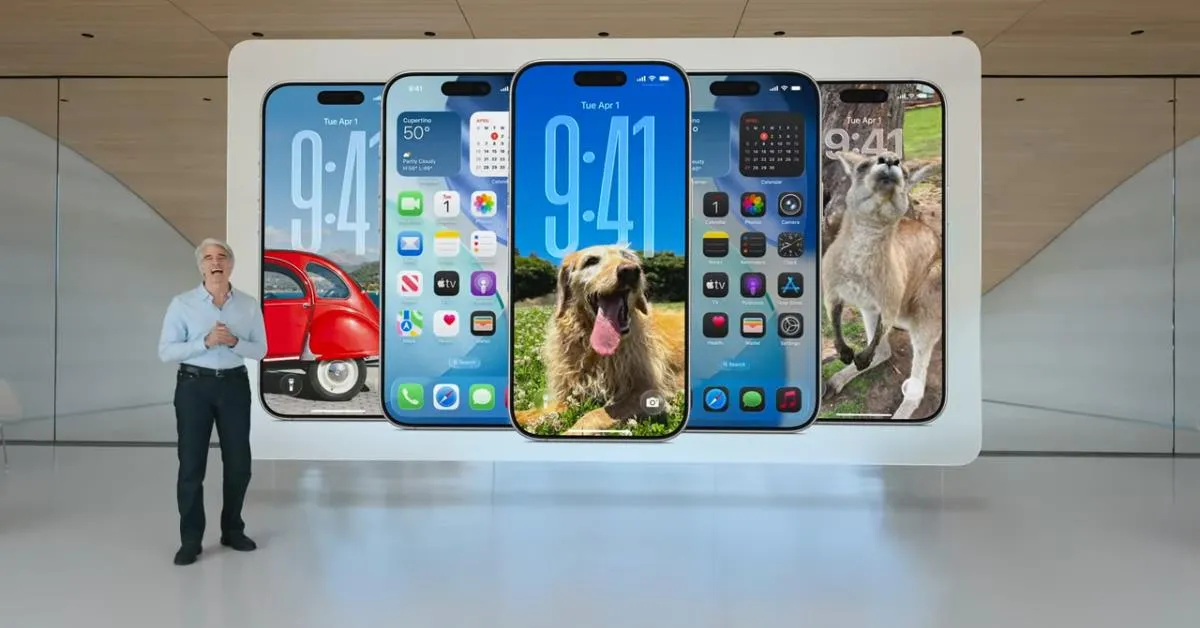
In a significant legal move, Apple has filed a lawsuit against renowned tech leaker Jon Prosser, accusing him of the alleged theft of trade secrets pertaining to the much-anticipated iOS 26. The lawsuit claims that Prosser enlisted the help of another individual, Michael Ramacciotti, to secretly access an Apple employee’s development iPhone, which contained sensitive information regarding Apple’s future updates.
According to the lawsuit, Jon Prosser allegedly offered Ramacciotti either “money or a future job opportunity” to gain access to a company device owned by his acquaintance, Ethan Lipnik, an Apple software engineer involved in the development of iOS. The legal documents state that Ramacciotti obtained Lipnik’s iPhone passcode and used location-tracking methods to determine when Lipnik would be away from his residence for an extended duration, allowing him to access the development version of the mobile operating system.
Reports indicate that Ramacciotti then demonstrated the software to Prosser via a video call, which Prosser recorded. This footage was allegedly shared with others and used to create visual representations of the upcoming iOS 26 features. Apple asserts it became aware of these events in April after receiving an anonymous email from someone who claimed to have witnessed Prosser’s recording and recognized Lipnik’s apartment in the background.
In its legal filing, Apple claims to possess a voice note from Ramacciotti to Lipnik, where Ramacciotti apologizes for the incident and suggests that the scheme was orchestrated by Prosser. Following the incident, Lipnik was terminated from his position at Apple for failing to adhere to the company’s policies concerning the security of unreleased software.
Jon Prosser has publicly responded to the lawsuit through his social media account on X, asserting that Apple’s narrative is “not how the situation played out on my end.” He claims to have evidence supporting his position, stating, “I did not ‘plot’ to access anyone’s phone. I did not have any passwords. I was unaware of how the information was obtained.”
In its lawsuit, Apple is seeking both damages and a court order that would prevent Prosser from further disclosing the company’s trade secrets. Despite the public announcement of iOS 26, Apple maintains that the information contained on the development phone includes other unannounced design elements, thus posing an ongoing risk to the company’s intellectual property.
This lawsuit marks a significant chapter in the ongoing battle between major tech companies and leakers of confidential information. As the case unfolds, it will be intriguing to see how the court addresses the issues surrounding trade secrets and the responsibilities of individuals who report on technology developments.